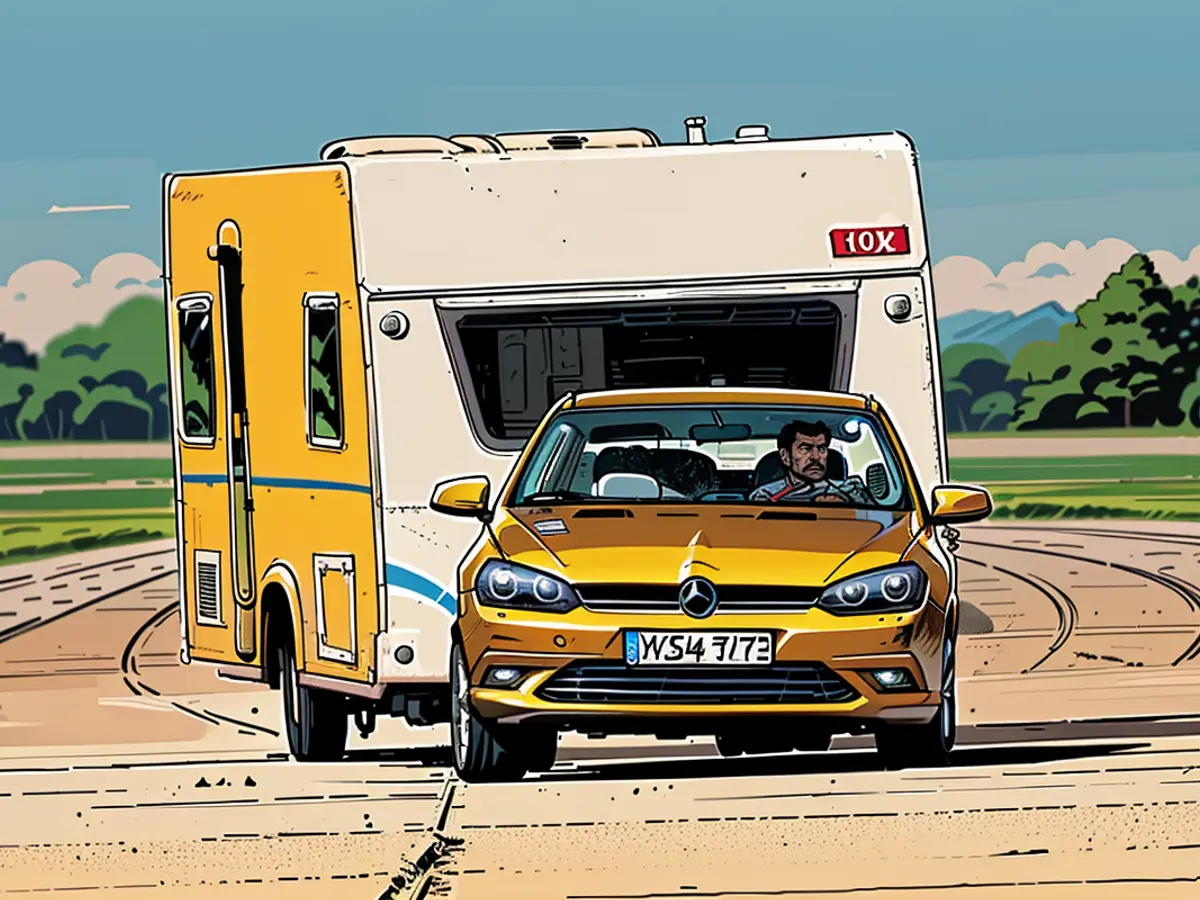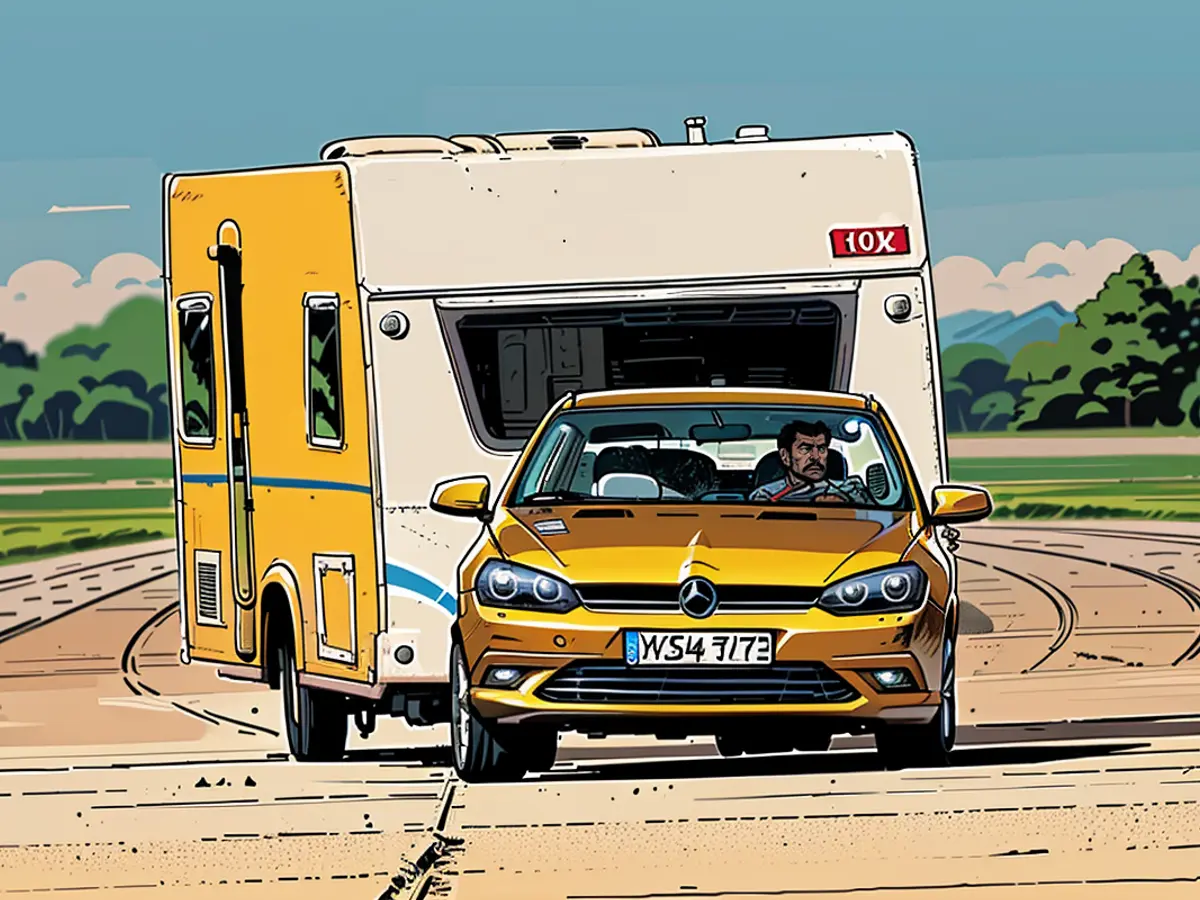Exploring Alternatives to Your Home Electric Car Charger
Many e-car drivers in Germany rely on a private wallbox for charging, but it's not always necessary. This article presents some alternatives to help you navigate the world of electric vehicle (EV) charging.
Household Socket
While it's technically possible to charge your car directly at a household socket, the output is very low, around 2.3 kW. Even a small car battery might take half a day to charge under these conditions. Larger cars might require as much as 1.5 days. Given these limitations, charging via a household plug is likely only a practical option in an emergency. Moreover, frequent use of a Schuko plug may strain your electrical system and poses a risk of overheating. To ensure safety, you should have your installation checked by an electrician if you routinely charge this way.
Portable Wallbox
If a fixed wallbox installation isn’t an option, you might consider investing in a portable charger, also known as a mobile wallbox. These devices are capable of charging at red CEE sockets via high-voltage connections, offering charging capacities ranging from 11 to 22 kW. Portable chargers like the Juice Booster can also be adapted for use in other European countries. However, with a price tag of around 1200 euros, the Swiss company's devices are more expensive than some alternatives, though they offer increased flexibility.
Public AC Charging Stations
If it's convenient to park near one, public AC charging stations can be a reliable power source for your electric car. However, you'll be sharing the resources with other drivers. Accessibility and availability can be unreliable, and electricity prices at charging stations may be subject to fluctuation. Be sure to consider the potential for blocking fees, which could discourage overnight charging.
Public DC Charging Stations
DC Fast Chargers can fill your battery in minutes, especially if you don't drive a high-performance vehicle. Speed and convenience come at a cost: DC Fast Charging is typically the most expensive option for e-car drivers. It's also believed that the high voltages and currents may negatively impact battery life, although recent studies suggest this impact is less severe than previously thought. Some car manufacturers might even void warranties if fast charging is used excessively.
Free Charging Options
Free charging options for electric cars can be hard to come by, and they often come with limitations. Some businesses like IKEA and DIY stores still offer free charging, but spaces are often limited, and these stations are in high demand. Employer-provided charging facilities can be more reliable but are not guaranteed for all workers. Some companies may charge a reduced rate for electricity usage. Tax-exempt charging is prohibited by law in Germany.
Enrichment Insights
Electric vehicle (EV) charging solutions extend beyond private wallboxes and household sockets.
- Public Charging Stations: Provide convenience, flexibility, and real-time availability information access. While they may come with their share of cost and reliability issues, public charging stations are a swift and accessible option for those on the go.
- DC Fast Charging Stations: Offer fast charging times, typically requiring 20-60 minutes for 80% battery filling. These stations are commonly found in highway corridors and significant public locations, providing quick charging needs. However, they can prove expensive and negatively impact battery health when used excessively.
- Public EV Charging Hubs at Workplaces: Offer a convenient option for employees who work long hours. Some companies provide discounted or free electricity, but availability is limited.
- Public EV Charging at Shopping Centers and Restaurants: Present a convenient option for those visiting public spaces. With multiple stations available, customers can shop or eat while their cars charge. However, popular locations may lead to crowding and reliability issues.
- Public EV Charging with Mobile Apps: Simplify the process of finding and using public charging stations through real-time availability and user review information. Mobile apps are a powerful tool for locating suitable charging stations, but they depend on technology and may not always be 100% accurate.
- Public EV Charging with Adapters: Allow non-Tesla EVs to use Tesla chargers and vice versa, increasing overall charging station flexibility. However, adapters can add complexity and cost to the charging process and may present compatibility issues.







